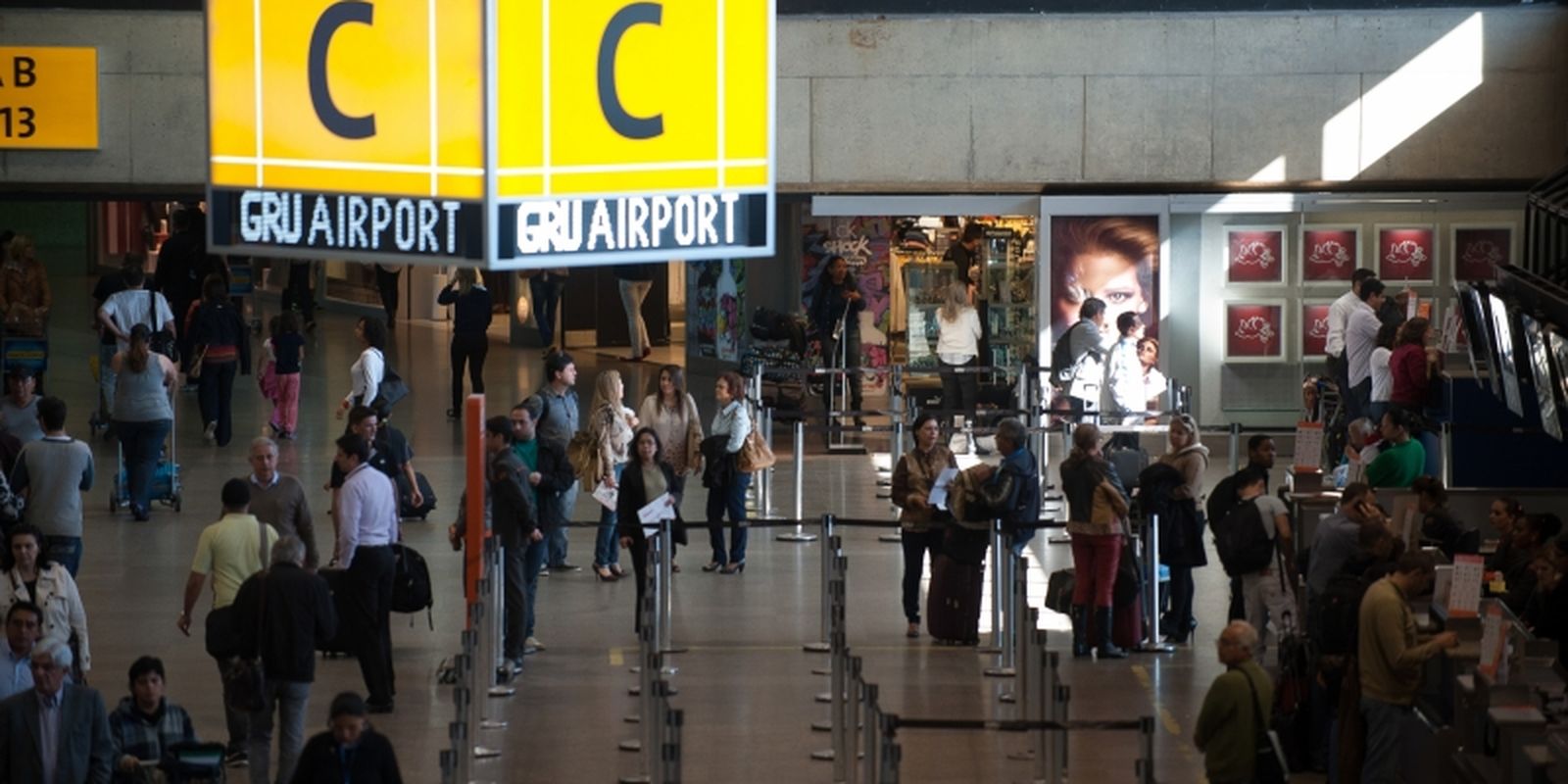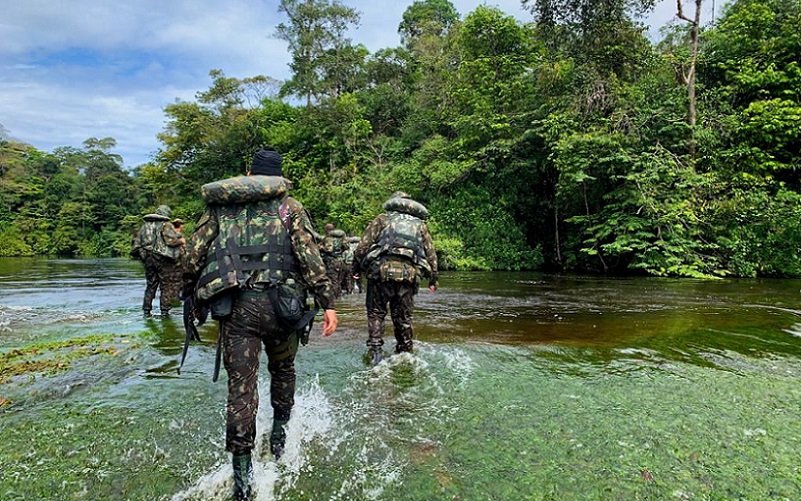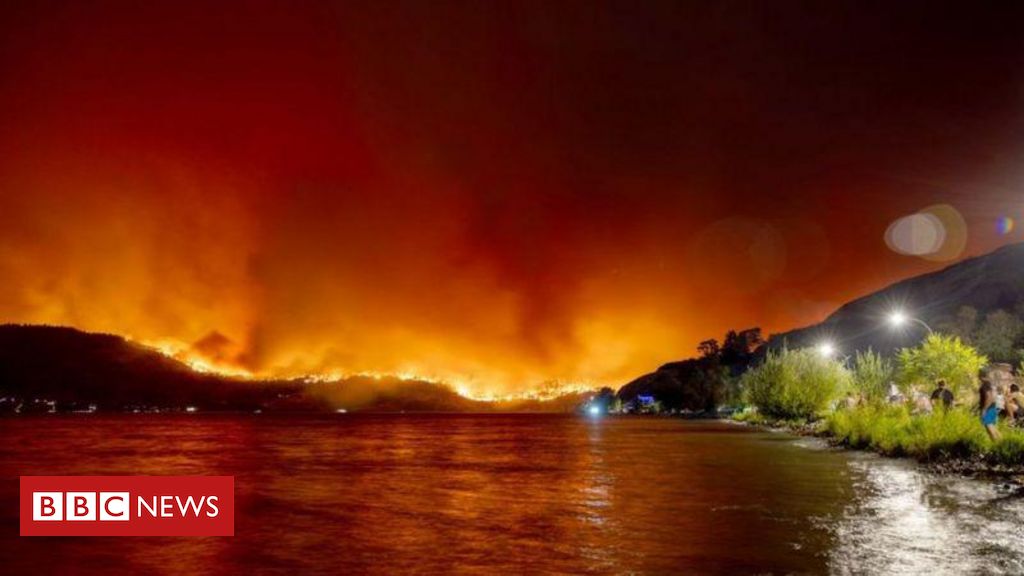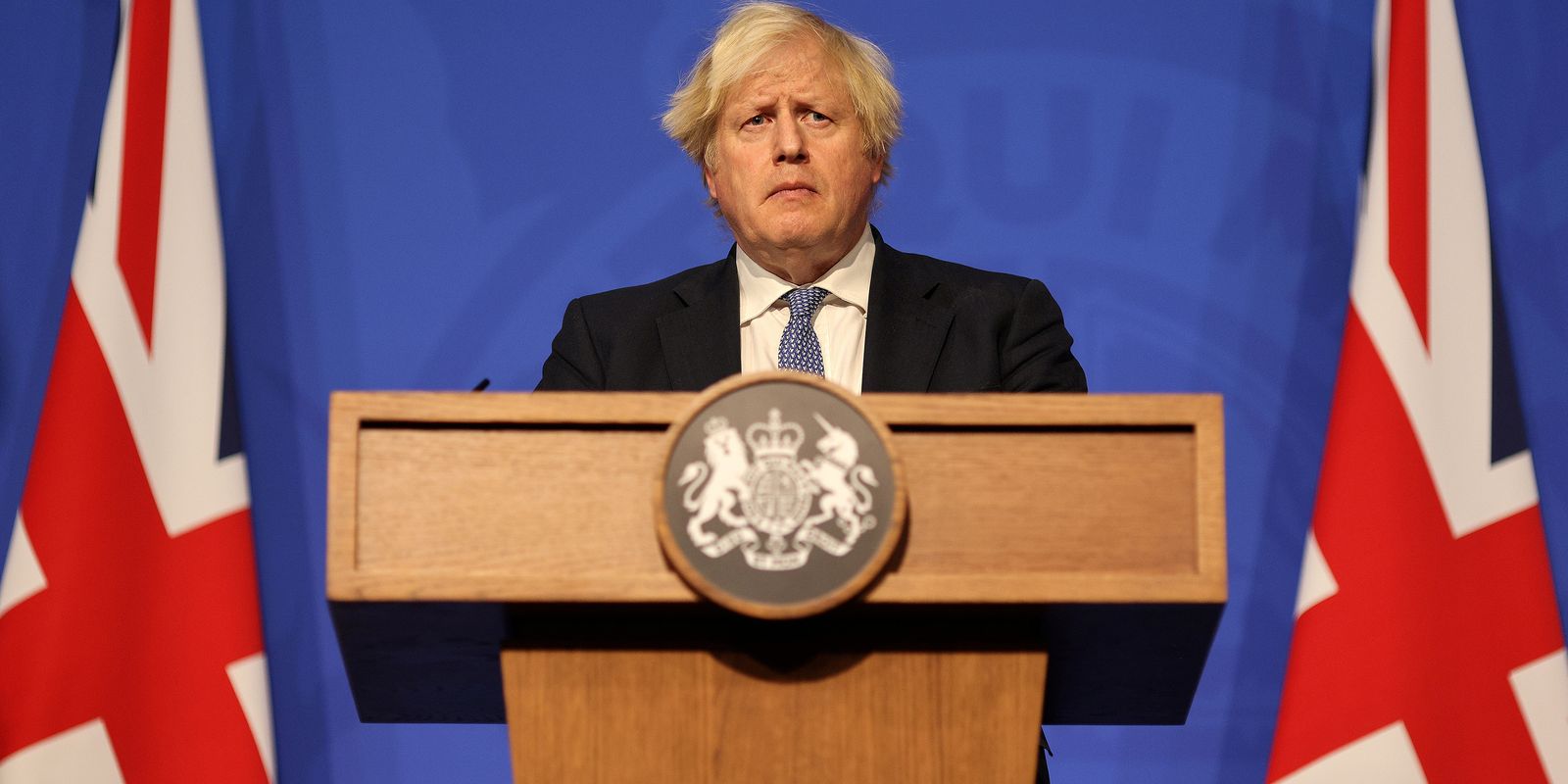After going months without power due to the massive impact of Hurricane Maria in 2017, the government of Porto Rico announced a “solution” to its energy crisis: privatize the public monopoly that was responsible for this basic service.
Ricardo Roselló, then leader of the island – who resigned amid protests after conversations in which he uttered misogynistic and homophobic slurs emerged – said at the time that the network would become “modern, efficient and less expensive “.
Four years later, the privatization of the energy company is far from keeping its promises and the whole territory is in a fragile situation due to the constant atmospheric phenomena that affect it.
On the island, power cuts continue.
Faced with constant power outages, Puerto Ricans have been protesting for weeks — Photo: GETTY IMAGES
As happened on September 19, after the scourge caused by Hurricane Fiona, which arrived in category 2, with winds of 137 km / h, and caused a blackout which took about a month to be fully repaired.
But before the storm, life for Puerto Ricans was already hampered by constant power outages.
Under the administration of Luma Energy, which began in June 2021, the average duration of power outages has worsened, says Jonathan Castillo Polanco, a professor specializing in environmental health and climate change, who also works as a renewable energy manager at the Federation of NGOs. .
“With the new operator of the energy distribution and transmission network, everything has changed for the worse. These are public data,” he told BBC News Mundo, the Spanish service of the BBC.
According to the expert, figures from the Ministry of Energy, a public body that must supervise the private monopoly, indicate that on average, a customer in Porto Rico spent 1,268 minutes without power in Luma Energy’s first year.
Whereas before the company arrived, the expert calculated, the time was 1,243 minutes, which is an increase of 25 minutes.
All this despite the Congress of United States have allocated approximately $10 billion for the reconstruction of the electricity system after Hurricane Maria, which destroyed the infrastructure.
Although the crisis was born decades ago, in the last five years the situation has become even more serious — Photo: GETTY IMAGES
Although the crisis originated decades ago, in the past five years it has become common for hospitals to Porto Rico without electricity for hours, forcing patients who need hospital machines to resort to generators. It is also common for young people to study with flashlights in the dark of night.
There are those who blame Luma Energy for the situation. The company did not respond to a BBC News Mundo interview request, but it insists on its website that it has installed thousands of new electric light poles, launched 52 retrofit projects and reduced the number of failures but not the average duration of failures.
In this context, BBC News Mundo has analyzed the causes of the energy crisis which affects Porto Rico and which puts the lives of its inhabitants in check on a daily basis.
Luma Energy is a US-Canadian consortium that began operating in the territory in June 2021, after a bidding process that was not entirely public.
The contract you signed Porto Rico guarantees the administration of the central areas of the electrical system for 15 years, through services such as transmission, distribution, collection and customer service. She receives monthly payments of up to $1.5 billion.
Power-generating plants, built decades ago and running on expensive fossil fuels, have been left in the hands of the government.
After the Hurricane Maria disaster, some Puerto Ricans were without power for a year — Photo: GETTY IMAGES
Additionally, as part of the deal, the consortium will not have to invest in rebuilding the island’s infrastructure, but will handle revitalization with funds approved by the US federal government.
“These processes have a degree of secrecy because they are negotiations, but in any other US jurisdiction the privatization would have been done with more clarity to the public. We don’t know what terms were rejected in the transaction,” says Ramon Luis Nieves. , a lawyer specializing in energy issues, who was a senator in Porto Rico before the arrival of Luma Energy.
When the contract was signed, Nieves continues, there was some opposition from some sectors of the population, but another large part supported it. Especially since it happened after the Hurricane Maria disaster, when some Puerto Ricans were left without power for up to a year while the system was operated by the government.
Why does electricity fail so often Porto Rico?
The complex electrical system operated by Luma Energy, designed in the 1960s, is located mainly in the south Porto Ricoaway from the energy demand, which is to the north, by the capital San Juan and the industrialized areas.
From there, explains Jonathan Castillo Polanco, miles and miles of power lines extend from an interconnected system that illuminates all areas of the Porto Rico.
The biggest problem, he adds, is that if one of the connections or power plants fails, the whole system around the territory is affected.
“In a hurricane zone having a system like this is very vulnerable. There are miles and miles of line and if anything happens at one point on that line let it be a landslide or a tree, it leaves the whole country without electricity”, explains the specialist, who has researched the infrastructure of the electricity system.
But, in addition, the plants which Porto Rico possesses, which run on extremely toxic fuels, such as Bunker C, have minimal ability to respond to changes in energy demand. This means that when there is a breakdown in a power station, for example, “the whole system destabilizes and stops”.
Castillo Polanco also points out that for years the electricity network has not been properly maintained. It has not been modernized either. And he believes that this is due to a “lack of political will”.
The Puerto Rico Electric Power Authority, the public entity that operated energy before the arrival of Luma Energy and maintained the production plants, has a public debt of 9 billion dollars and is insolvent.
The public body, which did not respond to a request for an interview from BBC News Mundo, did not invest the money in upgrading infrastructure, but in operating expenses, such as the grant of the purchase of fuel to relieve consumers, said Castillo Polanco.
Luma Energy has made this fact one of its arguments to defend the current problems of the electrical system.
“By almost any measure, Porto Rico has the electrical system with the worst performance in the United States“, company president Wayne Stensby said in an interview with the NBC network in October last year, in which he acknowledged that “the biggest challenge is how quickly we can make real improvements. to our customers.
The Luma Energy workforce
But the biggest problem with the privatization of the company, respondents agree, is the lack of qualified employees who know the complex electrical system of Porto Rico.
When privatization took place, faced with a possible change in their wages and benefits, about 3,000 workers in the state-owned company requested transfers to other areas of government.
“Knowing the energy system of Porto Rico requires years of experience. All this knowledge is now in other areas,” says lawyer Nieves.
“The people brought in by the company didn’t know how to exploit the complexity of the network,” adds Castillo Polanco.
According to Department of Energy data released in August, Luma Energy has about 1,200 employees in the territory. But the company in all its public communications claims to have 3,000 workers.
“While Luma Energy asks an employee to attend to a situation on the grid, hours pass while that employee tries to figure out what’s going on,” says former Senator Nieves.
The electrical network of Porto RicoCastillo Polanco tells BBC News Mundo, should become a decentralized system, with micro-grids and powered by renewable sources.
The system, he continues, should have the ability to connect to each other to meet energy demand, but also, if there is an error in one area, the others should be able to isolate themselves and operate by them. themselves.
On the island, he points out, tens of thousands of people have chosen to install battery-powered solar panel systems in their homes. But this poses a problem of inequality, because poor communities, which do not have the economic capacity to acquire them, remain connected to the network with problems.
And that, he says, will be the main challenge Porto Rico facing the future when he invests the money earmarked by the US government to pursue “energy justice for all”.
But the rebuilding process, estimated by the island’s own state-owned company, could take around 10 years.
Of the US$10 billion allocated by Congress, Nives says only about US$40 million has been used, due to bureaucratic impositions by US agencies and Luma Energy management.
Meanwhile, Puerto Ricans continue to face power outages day after day.

“Freelance communicator. Hardcore web practitioner. Entrepreneur. Total student. Beer ninja.”

:strip_icc()/i.s3.glbimg.com/v1/AUTH_59edd422c0c84a879bd37670ae4f538a/internal_photos/bs/2022/9/R/fjmKAcT6AzTHVN70satQ/gs5d.jpg)





